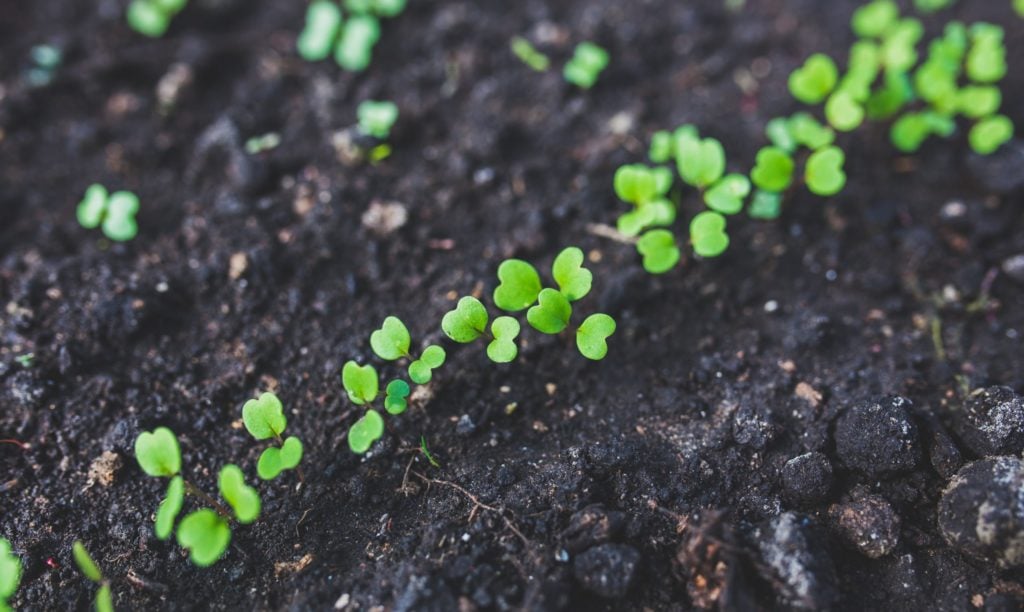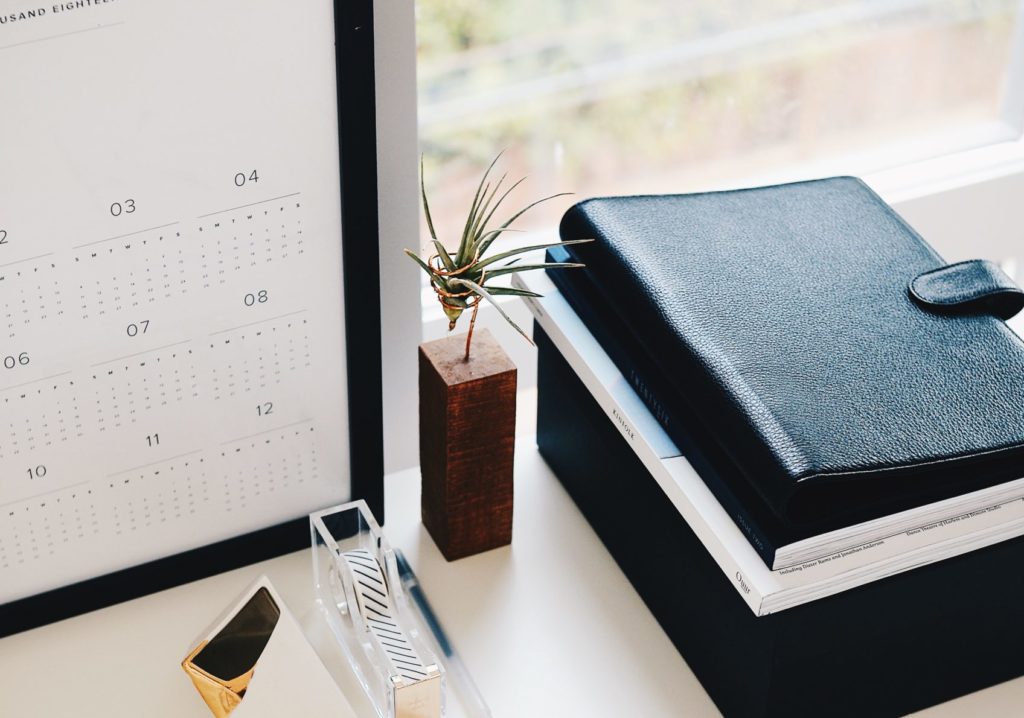To grow, a plant needs soil, light, water and air. But is that really always the case? Do all your plants need soil to draw nutrients from their roots? There are also houseplants that do very well without soil. Most of the time, all it takes is a glass vase, a bottle and water. You can bring a breath of fresh air into your home by gardening in a new way. The topic here with us is: Back to the roots. How plants master their life without soil!
Contents
The function of soil

Soil is the cornerstone of growth for most plants. Poor or the wrong plant soil leads accordingly to poor plant growth. You can choose between different types and quality in the garden center or also in the DIY store. You can recognize good quality soil by its smell, for example: it should smell like a forest. It should also be loose and feel slightly moist and cool.
The soil you need for your plants has different ingredients. The different substances in the mixtures have different functions:
- Peat: It is responsible for water retention, improved structure and soil aeration.
- Compost: It has a high content of the nutrients nitrogen, phosphate, magnesium, sulfur and potassium oxide.
- Volcanic rock, sand, clay or perlite: These components serve to loosen the soil. In addition, like peat, they are also responsible for water retention.
In most cases, a further distinction is made between universal soil, growing soil and special soil. The nutrient content of these plant soils is geared to the specific needs of the plants. This ensures healthy growth.
Can potting soil cause allergies?
Despite the great benefits of soil for plants, caution should be exercised in some cases. If you are very prone to allergies, then you should make sure that your potting soil is not infested with mold. This is because potting soil is a perfect source of it when exposed to high humidity. The spores of the mold are almost everywhere in the air and deposit on a suitable medium and form a layer of mold. This is for example the soil in your flower pot.
If you have typical symptoms such as runny nose, sneezing fits and coughing, then it is best to examine your pots for mold and remove the top layer of soil.
Tip: Ventilate sufficiently so that the humidity is not too high. You can also loosen the soil in the pot with a fork from time to time. This will also ensure good ventilation and the mold can not deposit there so easily.
This is how gardening with plants without soil works
Some houseplants can also thrive super only in the air or in water. So cuttings or water plants can find a new place in your apartment. But also plants like the cobweb or the philodendron can find a new home with you in this way, because they love wet feet. You see, plants without soil do exist.
Water as the basis for life
To bring a glamorous water garden to your home, it doesn’t take very much. You just need to thoroughly rinse the soil from the roots until they are clearly visible. Add a little liquid fertilizer to the water and put your plant in there. In addition to normal aquatic plants, you can even grow whole branches or a sprout, (e.g. from an ash tree) in your water garden. What would otherwise grow in the ground, thrives in a vessel full of water also super. This way you can easily bring nature indoors.
If you decide to change your mind, you can simply replant your sprouts in the soil.
A life in the air
Besides the water garden, you can also decorate your home with plants that absorb their nutrients through the air alone.
The so-called tillandsias (air plants) live in their natural habitats on other plants or even on rocks. On the leaves of these extraordinary plants are tiny suction scales through which they can filter moisture and minerals from the air and therefore do not need soil.
Tillandsias: Survivalists in the air
If you want to equip your apartment with tillandsias, then it requires some care. You can remember: spray or dip! The water for your Tillandsias should be as lime-free as possible, otherwise the suction scales will be clogged with lime and thus the food intake will be prevented. Rainwater or boiled water is perfect for this. The advantage of these plants: They can easily survive 2-3 weeks without water. So you can go on vacation without any worries. After that, however, you should spray them vigorously with a spray bottle or immerse them in water. Otherwise, the following applies: provide 1-2 times a week with sufficient water.
Floating plants without soil
In order for your Tillandsie to thrive properly, the right location should also be chosen. Depending on the origin, this can be different. Here are some tips you should consider:
- Enough light, relatively warm temperatures and a high humidity should be present.
- Bright to shady location (depends on the variety)
- Place protected from wind
- Avoid too strong sunlight
In the summer months, tillandsias can also thrive well on the balcony or in the garden.
In winter you should move them to a warm place (for example your bathroom).
You can also remember this rule of thumb: The greener your Tillandsia is, the less sunlight it needs. If your Tillandsia has a slightly grayish color, it needs more sun and less humidity.
You can easily attach your tillandsia to a wooden support, such as a flat-cut tree slice, with beaded string or sturdy metal wire. Lying or hanging, it is certain that these plants will become a guaranteed eye-catcher in your home with their unique look.
Your Tillandsia Family
If your Tillandsia feels comfortable in its environment and you also provide it with sufficient water, then it will form daughter plants after a few years. Often these plants bloom in bright colors during this time. If you discover a small young plant on the trunk of your Tillandsie, then you should pay attention to this:

- Very carefully remove the daughter plant and attach it to a new substrate.
- The site conditions should be the same as for the mother plant.
- If your tillandsia blooms during this time, it may die after flowering. Therefore, you can transplant the daughter plant as a preventive measure to replace your old plant.
Airy made easy
Actually, it all sounds quite simple, doesn’t it? Yes, not only does it sound easy, but in fact, it is easy! All your future plants need without soil is water and air. Annoying decisions like which soil to buy in the garden center or should I rather take the small flower pot instead of the big one, are spared to you. The ease of care of houseplants without soil will definitely suit you super. And the option of a hanging plant suddenly offers you completely new possibilities to green your apartment even at height. Let’s go!

